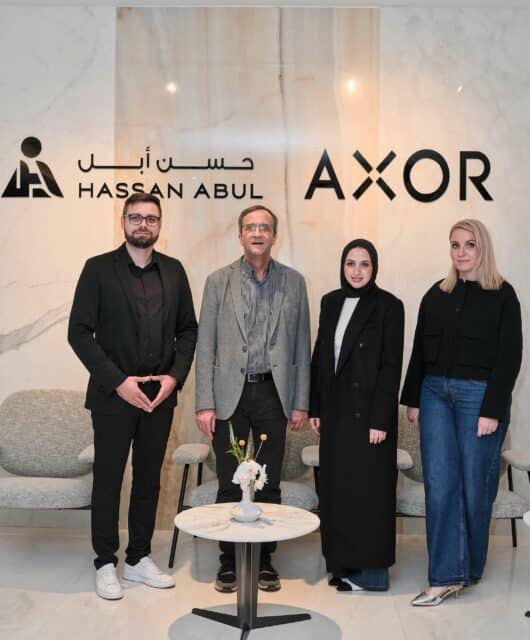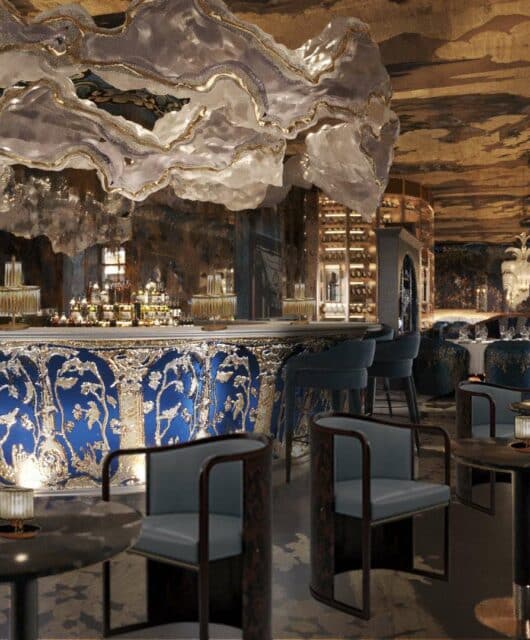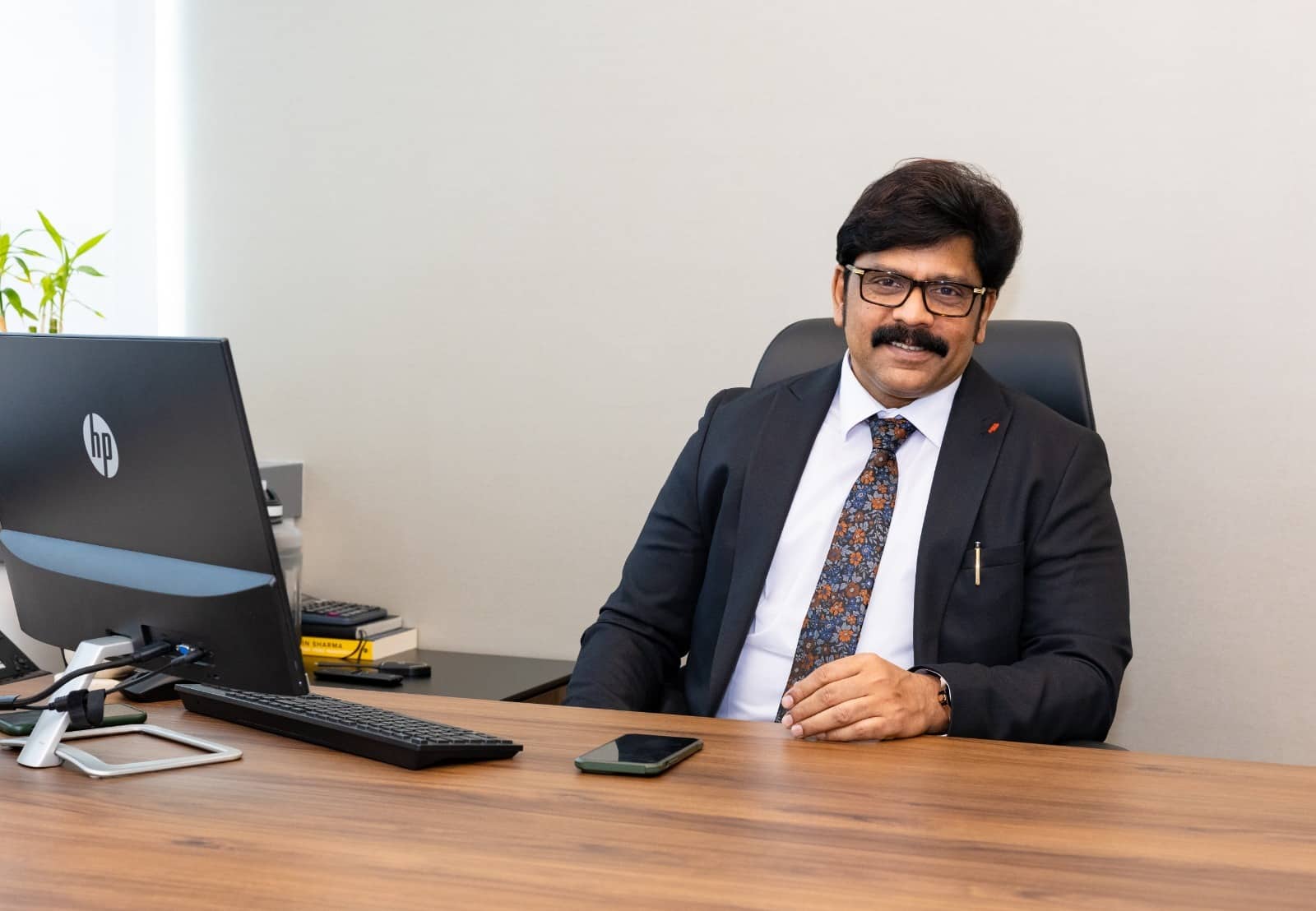Intelligent lighting control system can dramatically reduce the energy usage.
Roma Arora speaks to the industry experts on how this technology is addressing the issue of sustainability and correct lighting at the same time
The world of lighting has transformed over a period of decade and now what matters the most is the concept of right and precise light. The impact of having the correct lighting, optimised for your space and unique requirements can be significant –increasing levels of comfort, productivity, and safety. Nowadays, people are much more finely attuned to the need for lighting to complete a space. Commercial places like malls, hotels, hospitals, and offices are looking for smart solutions in terms of energy saving lights like LEDs along with right illumination experience according to their needs. An office building can save up to 35% of their lighting energy by using lighting control solution to switch off the light rather than depending on human intervention to keep the lights off when not needed.
What are lighting control solutions?
Lighting control systems are used to create scenes from the groups of light fixtures used in the space, allowing for the creation of moods and accents, where a group of fixtures may have a different light output than the other emphasising the visual hierarchy of the lighting elements. Today, lighting controls are highly considered as they assist in creating energy efficient solutions. Regina Santos, associate lighting designer, Godwin Austen Johnson, explains: “The energy efficiency from controls can be achieved in different ways. One energy efficient strategy used with the lighting controls is the use of presence sensors, which can dim scenes or trigger them on or off based on the presence of the occupants. These sensors are also often connected to the AC in hotel guestrooms to allow for maximum energy savings in energy, controlling the temperature of the AC system when a room is unoccupied or when the guest is away.”
“Daylight sensors are also used with the lighting control system to reduce the output of light fixtures close to windows or in spaces with skylights and large glazing and high daylight contribution. Other than the standard use of the lighting control systems indoors, they are also used in exterior lighting schemes for the overall lighting scene to be dimmed down after a certain hour of the night for further energy savings.”
Energy saving is the need of the hour
Lighting control system is used in various areas of a building (like garden, facade, corridors, and meeting rooms or even bathrooms) to control lights automatically as per the actual need required. Mohamed Al Hag, project manager at Legrand elaborates the reason of their popularity. He says: “Lighting control system also delivers convenience and comfort to the building occupants. I believe that one very important purpose which made a lot of people interested in lighting control system is their understanding of the role everyone has to play to reduce global warming. And the responsibility that everyone has to decrease his or her carbon footprints and light pollution to preserve this planet to the next generation.”
The level of advancement
Smartworld, an Etisalat and Dubai South joint venture company, has deployed the Cisco Digital Ceiling framework to create a smart, highly secure, and connected indoor space at its new headquarters in Dubai South. The implementation brings together an advanced LED connected lighting system from Philips Lighting with Cisco’s secure IT network to enable Smartworld to deliver a more connected, comfortable, and intelligent working environment for both employees and guests.
Olav Scholte, segment marketing manager, Philips Lighting, says: “The Cisco Digital Ceiling deployment in Smartworld’s new headquarters will serve people’s dynamic needs in real-time, while also supporting the organisation’s drive for sustainable growth.” “By connecting Smartworld’s building services onto a single converged IP network and monitoring usage data, the Cisco Digital Ceiling delivers multiple benefits that include human-centric environments, optimized workspaces, streamlined maintenance, reduced energy consumption and operating expenses.” Lighting control is becoming a necessity in commercial buildings because of the increased cost of energy waste which increases the building’s operation cost.
Al Hag adds: “Along with our group brands like Wattstopper, Legrand, recently, the brand acquired CP Electronics from UK; they are recognised as a specialist and market leader in lighting control systems.”
Popular technologies used in the Middle East
The demand for lighting controls is growing in the hospitality industry too. Scholte further shares, “In the hotel sector, operators are looking at installing our Smart Guest Detection system in both for guest rooms and common areas. These systems have multiple functions, which start with welcoming the guest to their room with automatically adjusting light levels. The intuitive interface allows guests to select several pre-set modes in the room based on their activity – from work through to bedtime reading and sleep mode (among other functions). Most recently at Philips Lighting we installed this system into Raffles Hotel, Dubai.”
Malls and hotels greatly benefit with the use of a lighting control system, due to their large size in square meters and consequent high-energy loads. “DALI systems are a good solution for malls and hotels as the system can generally flag to the Building Management System (BMS) the failures of light fixtures, pointing to the management of the space which light fixtures need replacement for an optimum maintenance. The Hilton Garden Inn Dubai, Mall of the Emirates is one example of a completed project which uses DALI system in its public areas,” adds Santos. Asai Thambi, director of engineering at Al Raha Beach Hotel, Abu Dhabi says: “Energy saving options are very important for any hotel. We use automation control through BMS and timers based on the sensitivity of the application of lighting control in the public areas.
For rooms, we rely on Guest Room Management System (GRMS) for lighting control solutions.” The lighting industry is undergoing a rapid transformation in the Middle East. Veit Müller, SVP of Zumtobel group MEIA, says: “We focus on well-being enhanced by holistic lighting ecosystems. Latest being Active Light which is is linked to daylight dynamics, actively supporting the natural bio-rhythm and seamlessly ensuring maximum visual comfort. Such human centric lighting solutions bring people together and promote creativity, as they are effortlessly personalised, with the individual always at heart. Active Light solutions use Human Centric Lighting to put the focus firmly on the individual, transforming static, passive entities into dynamic, active spaces.”
Müller believes that the focus should be on the need of the client. “For one of our client, ‘Almaz by Momo’, the stylish and contemporary North African restaurant in Jumeirah Beach Residence (JBR), the lighting solution was an integral part of the overall concept. The solution had to provide just the right ambience, helping diners relax, and showcasing the extraordinary range of furniture. Our luminaires couples with lighting controls helped meet these requirements and offer complete flexibility and ensure easy control of the lighting solution throughout the restaurant.
“Another project that highlights the lighting control systems in the region is that of Young Athletes at level kids, Dubai, UAE. The lighting concept here relies on outstanding flexibility to enable the adjustment of light levels to suit certain products and displays. The store uses the LITECOM system to dim the lighting solution during quiet periods, which contributes significantly to the overall energy saving.”







